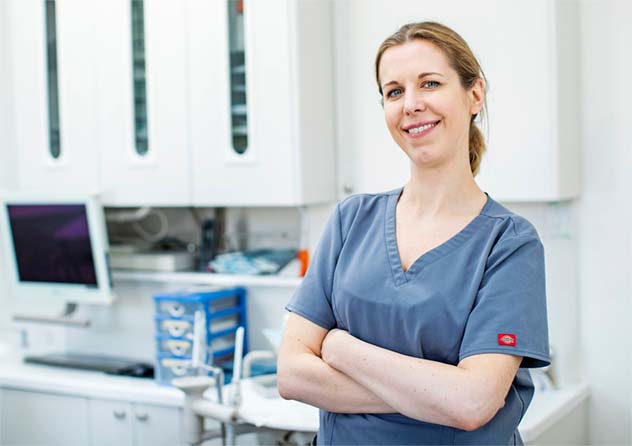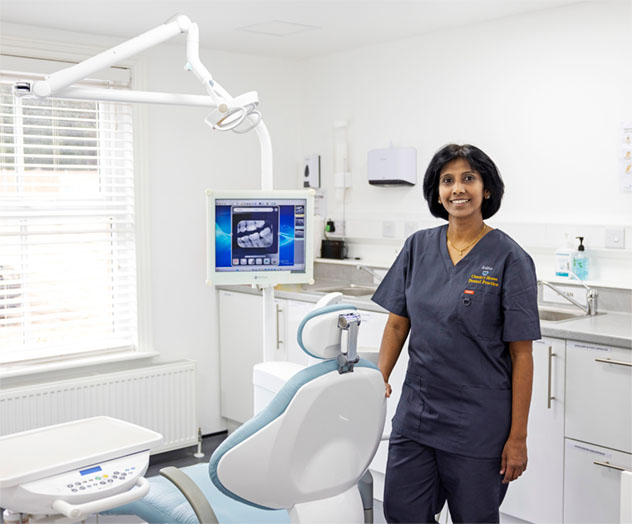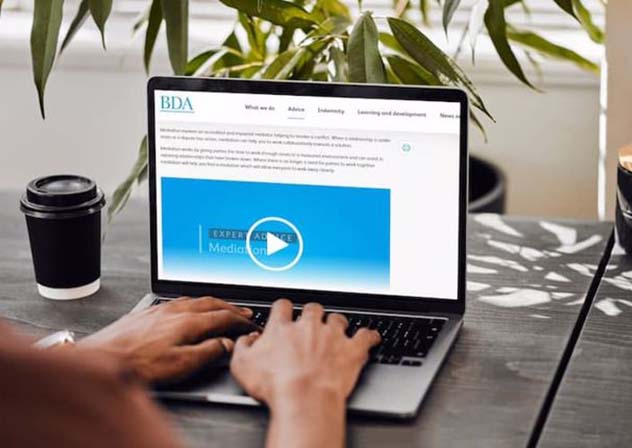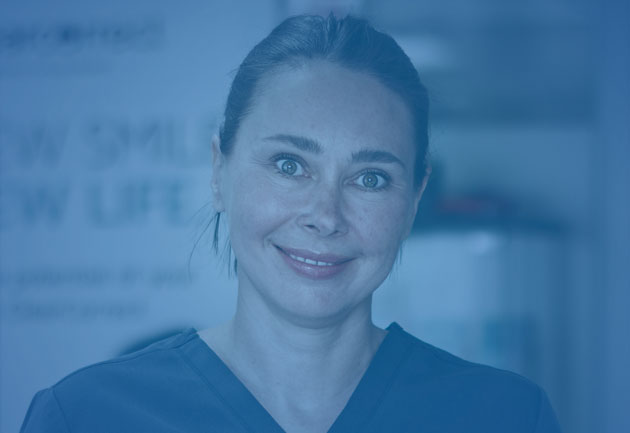Support when you need it
Wellbeing resources for dentists
Explore support services, counselling, further reading, and resources to help you manage stress, build resilience, and feel more connected. Whether you’re looking for 1:1 help, peer support, or practical tools - you can find everything related to mental health and wellbeing on our wellbeing hub.






